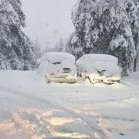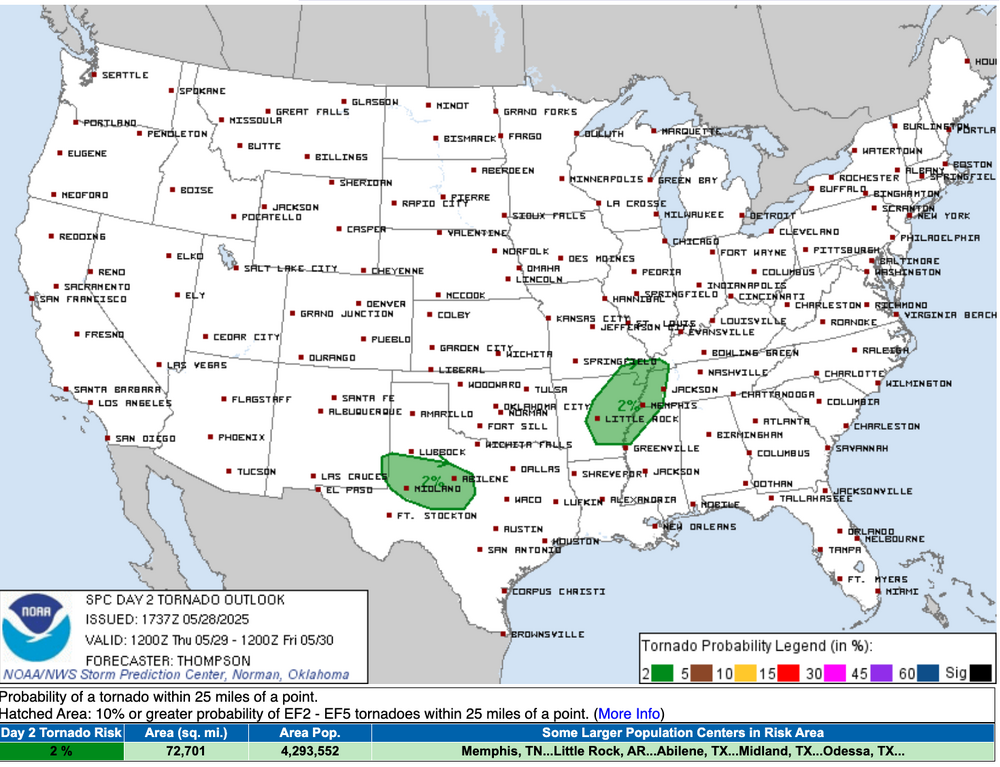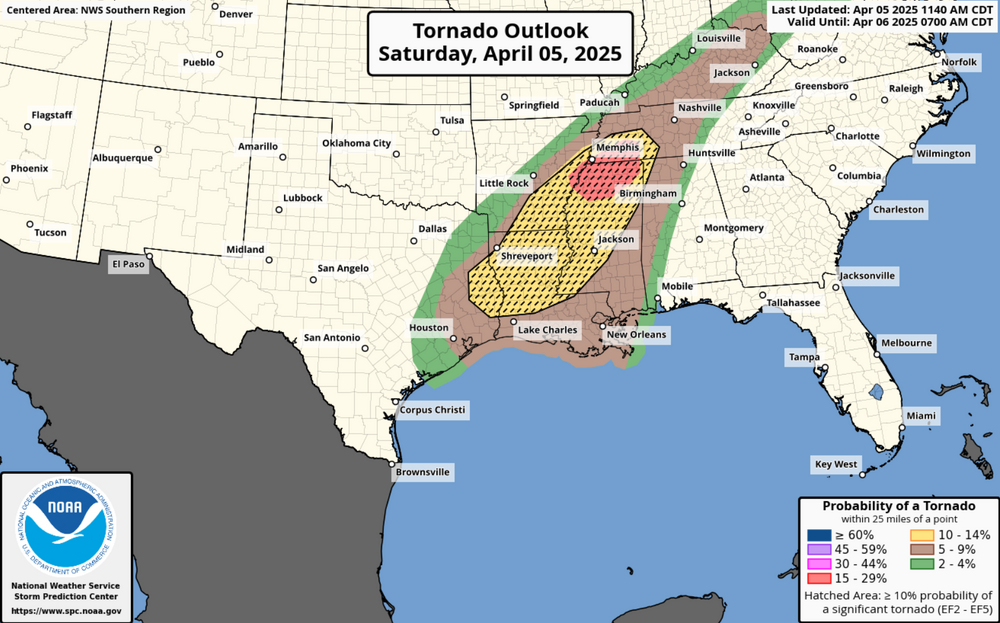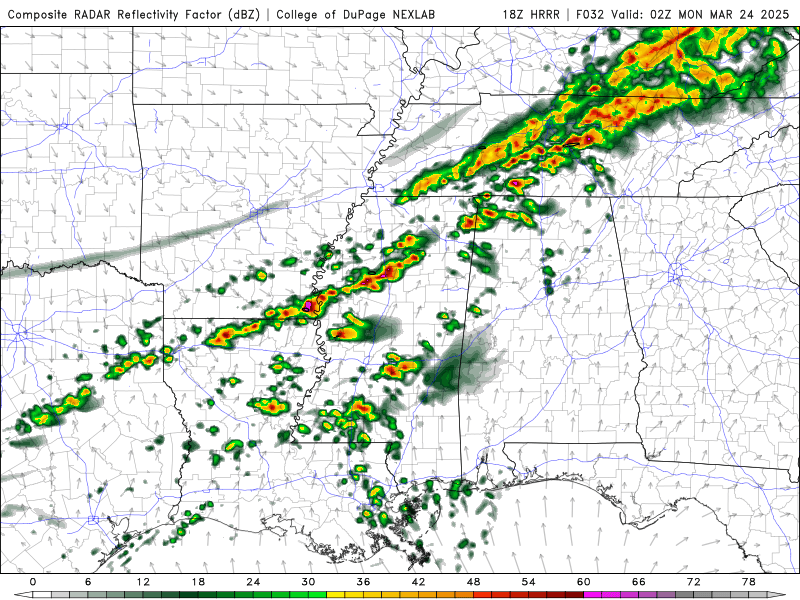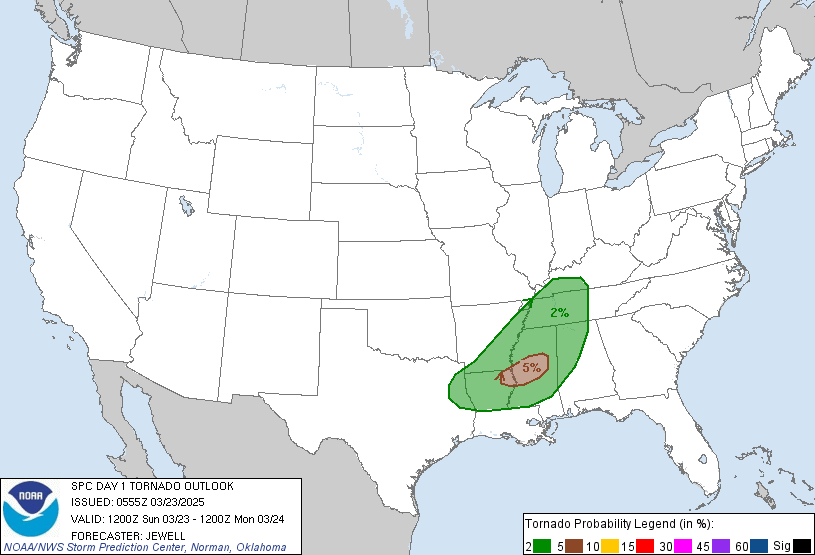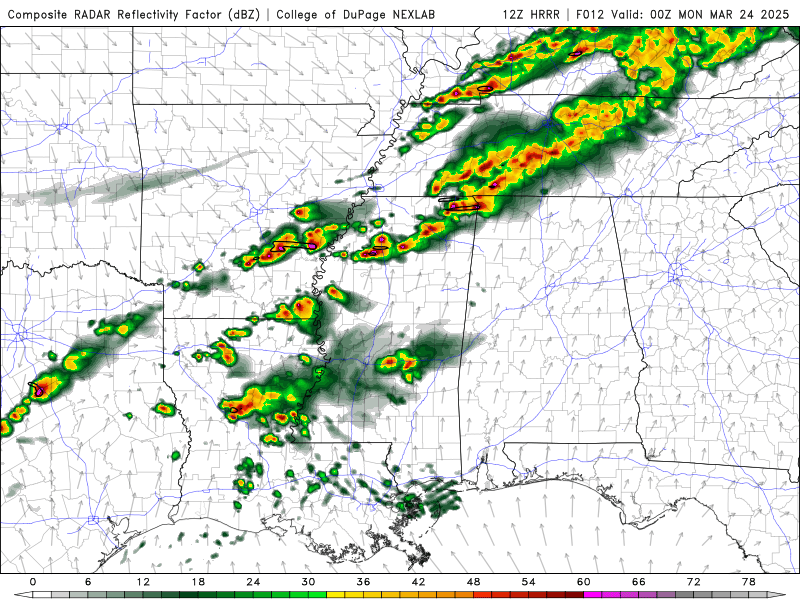-
Posts
77 -
Joined
-
Last visited
About vortexse93

Profile Information
-
Four Letter Airport Code For Weather Obs (Such as KDCA)
KJAN
-
Gender
Male
-
Location:
Jackson, MS
-
Interests
Severe weather, remote sensing, air quality forecasting, and photography
Recent Profile Visitors
1,108 profile views
-
@jaxjagman I am more interested to see what the Fall of 2025 will potentially bring in terms of severe weather as I am looking for my first solo chase of my storm chasing career/hobby.
-
If the NAM 3km and the RRFS come to true, could be worth trying to chase either day. Still not completely sold on the overall setup but something to to continue to watch for over the next day or two. Could be the last push for the Mid-South for awhile.
-
Unable to chase tomorrow across eastern AR into western TN tomorrow afternoon and evening. Thursday looks to be a good under the radar day if things line up just right. Some of the CAMs were showing potential for a discrete cell or two to develop as a very weak sfc tracks across the region.
-
I have not looked at this in great detail, but did a quick and dirty look and here are my thoughts regarding Friday night: For West TN and East AR, timing maybe the downfall to this event as the cold front appears to lagged behind, especially back towards the southwest. Model guidance shows any storm development will not only be along the frontal boundary but also occurring after 00z. While that is not terrible given the time of year, would still like to see some sort of prefrontal development before 00z. Secondly, there appears to be little to no prefrontal convection. This indicates there is a lack of forcing within the vicinity or the cap could be too strong for storms to overcome. For MO into KY, model guidance shows what looks to be a MCS to develop across the region. This is likely where the severe weather threat will be the greatest and would contain both the greatest wind and hail threat for Friday evening. Again, timing scares me off as a chaser given it will be near that 00z time frame. However, the MCS could provide a boundary downstream into Northeast AR and potentially Northwest TN that could allow for an isolated discrete cell or two to developed.
-
I just looked at the upcoming days for late April into early May, and it appears that there could be some decent chase days before we get into late May. However, I do not see a great sequence as of this moment unless you live or planning to travel towards CO in that time frame. MJO should be in Phase 2/3 by mid-May which should help enhance the sub-tropical jet by then, but time will only tell. Unfortunately for me, I will not be able to chase until early May at the very earliest so really need decent sequence sometime in early May to mid-May. Ideally, would like to target TX as I am only 6 hours so driving back will not be too difficult for myself. Will continue to see how the rest of this month goes and make a decision from there. Ideally, any chasing towards Tornado Alley will be with someone and not solo as there are to many distractions and hazards to keep up with for a solo chase. Locally, there is not anything that screams chase day within the next couple of weeks, so any chasing in Dixie is more than likely done for me until hurricane season. Models do show a couple of potential days towards next week that could work, but confidence in those days remain low as upper level pattern does not scream severe weather at this time. I am keeping my eyes open for any potential low risk days as those days could be more beneficial for myself. In the past, I have some success in the lower risk days (i.e. Marginal and Slight days) than some of the Enhance and Moderate days as we head into the months of May and June.
-
I am hoping to get an early May chase in this year if schedule allows. Late April will have to be local for me unfortunately.
-
Don’t mind me if you see me in the golf course or driving range practicing my back swing lol
-
So is Hattiesburg lol
-
This will be way outside of my chase zone. I am in Jackson, MS so will need something in Greenville, MS at the very least
-
It has been a crazy for me, as I am sure it has been for a lot of people within this group. I do want to get a quick post out before things get a little more crazy this afternoon and evening. For chasing, I have two options in mind to target and these two options are more than doable given my close proximity. Option 1). First option and most ideal, will be head towards Vicksburg, MS this afternoon as it gives me the best option to either head north or continue west into Louisiana. Model guidance shows the potential for discrete cells out ahead of the mainline and in the open warm sector. Secondly, this option allows me to head north into the Mississippi Delta in the event storms decide to track more northward and will still give me plenty of time for a potential intercept. Option 2) This option is a little more aggressive as it leans more towards the RRFS model run and will require a more northward positioning for myself (please take this option with a grain of salt). This option will take me straight into Yazoo City before going into Mississippi Delta. While drive time overall will not change, however, the RRFS is more aggressive with showing the potential for discrete cells further north into Greenville, MS. This northern route will allow me to be closer to Greenville, MS vs Option 1. I do want to point this out, Option 1 still allows me to go northward if needed. However, with Option 2, I am more set on staying north and not as likely to have a viable west option into Louisiana if storms develop before crossing the river. With this being said, I am monitoring the current weather conditions and really waiting on to see if SPC puts another MESO Discussion over Central MS anytime soon. I am close enough to where I can wait and see what happens before making a drive towards either option this afternoon. It is a waiting a game at this point.
-
I have other obligations and plus the model guidance showing a linear model for much of the day. In also decided that Saturday will likely be my next best day to chase since I will be available for much of the day to chase and it will be closer to me so a win win for Saturday.
-
I will not be chasing tomorrow unless something just happens to develop really close to me. I will be saving my energy for Saturday potentially as I will be free all day to chase. Virtual Chase Target: My chase target will initially be focused on the isolated storm cell that the HRRR has developing all by itself in an very favorable environment which makes my key player as of now. My secondary target will be tail end of storms in southeastern AR in the event the lone cell fails to develop in MS. The spacing between the first line and the secondary line in South-Central Arkansas should be sufficient for storms to take advantage of the environment. If I wanted to be more aggressive, I would target the secondary line, but that is near some unfavorable terrain, but could still worth attempting as it approaches the MS RVR.
-
I do not share photos on here often but this was a beauty in NE AR and MO Bootheel region. While I did some minor edits on this picture, the sky was so green it is impossible to describe. Also, one of the only times that I have ever seen the inflow band so clear out in this area also. In all, a successful chase. Warning!!!! If you want to share the photo on other social media platforms or websites, come to me first before sharing! This is a teaser of what I have on camera but wanted to share with the group on here at least since I have been busy the last few days.
-
HRRR decided it will not give me sups to chase this evening. Will make an attempt to gather lightning photos and go from there. Will see how model data changes throughout the day, but if trends in the model data continues then any hopes of chasing will be doubtful.
-
Model guidance suggest that storm development will be close to sunset. Will stay within the JAN area in hopes of getting some lightning or storm photography. Discrete cells look to remain few and far between out ahead of the line, this cloud be a result of some sort of boundary that the models are indicating for these discrete storms to develop off of. Other than that, majority of the storms will be associated with the cold front. Any discrete storms that do develop, will either merge within or into some sort of linear system as cold front front begins drifting southward during the late evening into the over night hours. Synoptic forcing will be weak, but there will be enough directional shear present from the sfc to the mid-levels to support tornadic cells. Given the weak synoptic forcing, the tornado threat should be low for the most part.


.thumb.jpg.049f4a7f726ada07e8cd30bd17e713cb.jpg)


